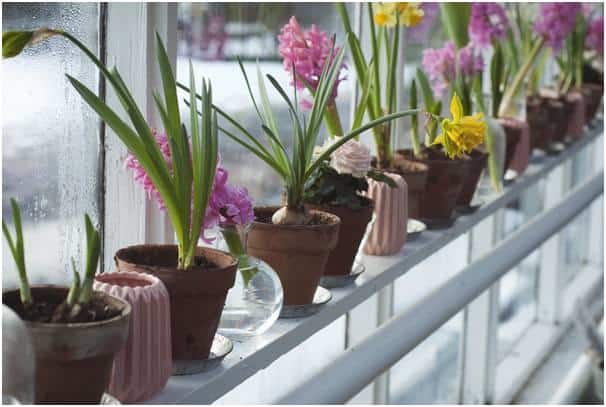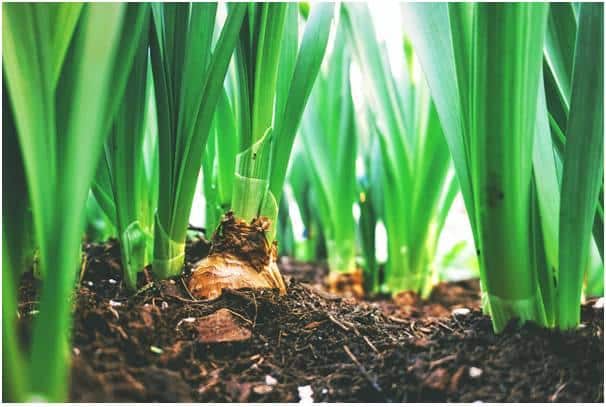|
Listen To The Article
|
Spring is the time for flower planting, but autumn can also be a convenient time to plant flowers. Today, we will discuss the options for beginner gardeners that are suitable for autumn. For those who have any doubts — below are considered the benefits of such a decision. So let’s start!
Benefits of Planting Flowers in Autumn
When the spring comes, in addition to flowers, people are busy with planting vegetables and other farming tasks. Therefore, autumn is a perfect time to pay your whole attention to planting dutch-bulbs from the online garden centre or beautiful daffodils. Here are some arguments in favor:
- At the end of summer, you can buy seeds or other planting materials for sale at a lower price;
- The cool temperature in the fall makes the transplant easier for plants. In autumn, pests and diseases disappear or decrease in numbers. The soil is still warm; the roots grow until the ground is frozen. In the spring, plants don’t appear until the soil warms up;
- Plants take root better and adapt to weather conditions. If a part of the crops dies, the strongest ones remain.
- In spring, the flowers start growing faster, they begin growing and flowering earlier.
- In autumn, it usually rains, which saves us from watering the bulbs.
Planting Bulbs in Autumn
The first candidates for fall planting are bulbous plants. First of all, because spring-flowering bulbs need a period of cold rest for flowering. From late August to mid-September, you can plant crocuses and daffodils, and at the end of September, the turn of tulips, lilies, and daylilies comes.
Make sure you buy bulbs from trusted sources — a garden center, farmer market, or a reputable online store. Do not buy unsold bulbs that show signs of rot, mold, or drying out. Second-class material will not sprout at all.
The planting depth of the bulbous is determined by the specific species, if there is no certainty, then the layer of soil should be equal to three diameters of the planted bulb. If the soil is heavy, be sure to add sand to the planting hole, but do not greatly reduce the planting depth.
If the weather is dry, the flower beds covered with the earth should be watered abundantly and then mulched.
Hyacinths and tulips are planted in late September — early October, preferably no later than the first decade. Specific dates may vary depending on the region and weather, the general rule is to plant when the average daily temperature is not lower than + 5C.
In Conclusion
Many garden flowers reproduce by seeds that require stratification — they need to lie in the cold at the temperatures close to zero. So, we often buy seeds in the spring and keep them in the refrigerator for 2-3 months. However, you can sow the same seeds collected from your flowers in autumn and enjoy the result. Good luck!
 Off The Grid News Better Ideas For Off The Grid Living
Off The Grid News Better Ideas For Off The Grid Living


